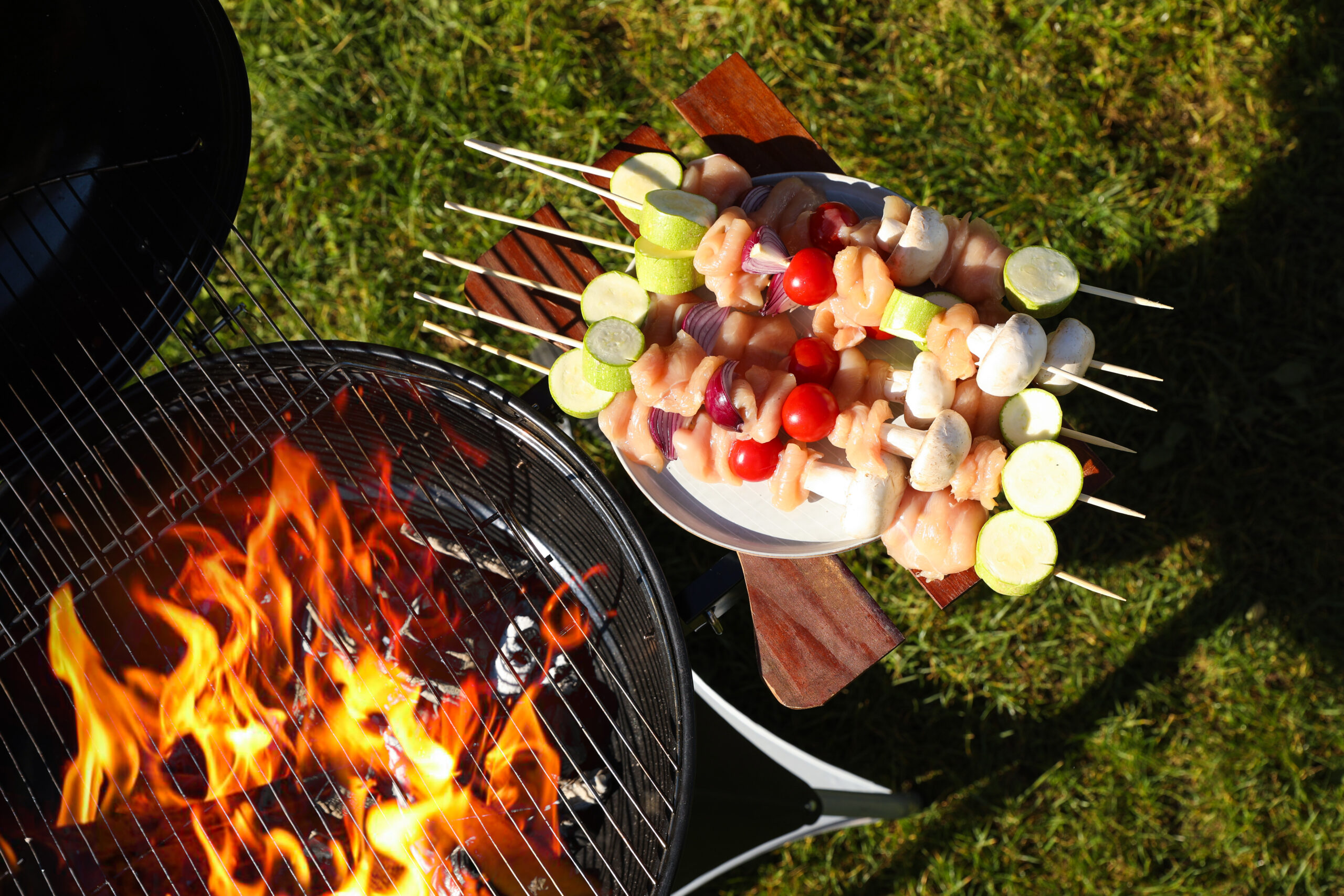Crafting delicious meals while backpacking presents unique challenges that require careful planning and creative solutions. When every ounce counts, and space is at a premium, the key lies in selecting ingredients that offer maximum nutritional value and flavor while minimizing weight and bulk. Understanding how to create satisfying meals with minimal equipment transforms trail food from mere sustenance into an enjoyable part of your backpacking experience.
The foundation of successful backpacking meals starts with careful meal planning that considers both nutritional needs and practical constraints. Backpackers typically burn between 3,000 and 6,000 calories per day, depending on the terrain and the distance covered. This high energy requirement needs to be met while keeping pack weight manageable. The solution lies in selecting calorie-dense foods that can be easily prepared with minimal fuel and water.

Dehydrated and freeze-dried ingredients form the backbone of many backpacking meals, offering significant weight savings without sacrificing nutritional value. Learning to combine these ingredients effectively opens up a world of culinary possibilities on the trail. Quick-cooking grains like instant rice or couscous provide a filling base, while dehydrated vegetables and proteins add substance and nutrition. The key lies in understanding rehydration ratios and timing to achieve the best texture and flavor.
Breakfast deserves special attention in backpacking meal planning, as it fuels the day’s journey. Instant oatmeal can be elevated by adding dried fruits, nuts, and powdered milk, creating a hearty breakfast that’s both lightweight and satisfying. For longer trips, consider rotating between sweet and savory breakfast options to prevent palette fatigue. Dehydrated egg dishes mixed with vegetables and seasonings offer a welcome change from sweeter breakfast options.
Lunch often works best as a no-cook meal when backpacking, allowing you to maintain momentum during the day. Hard cheeses, cured meats, and crackers provide quick energy and protein without requiring preparation. Tortillas serve as an excellent bread alternative, holding up better in a pack while providing a versatile base for various fillings. Energy-dense options like nuts, dried fruits, and chocolate help maintain energy levels throughout the day.
Dinner presents an opportunity to create more elaborate meals that reward the day’s efforts. One-pot recipes minimize fuel use and cleanup while still allowing for satisfying, flavorful dishes. Techniques like “cold soaking” – allowing dehydrated ingredients to rehydrate in cold water during the day’s hike – can reduce the amount of fuel needed for dinner preparation while ensuring ingredients are fully hydrated.
Food safety takes on added importance when backpacking, as you’re often far from medical assistance. Proper food storage becomes crucial, both for safety and weight management. Using odor-proof bags and proper bear canisters where required protects both your food and local wildlife. Planning portions carefully ensures you’re carrying exactly what you need without excess weight.
The right equipment makes a significant difference in backpacking meal preparation. A reliable backpacking stove, lightweight pot, and long-handled spoon form the basic kit. Consider items that serve multiple purposes – a pot that can be both cookware and eating vessel, or a spork that combines fork and spoon functions. Every piece of equipment should justify its weight through regular use and versatility.
Seasoning becomes particularly important when working with dehydrated and freeze-dried ingredients. A selection of lightweight spice packets can transform basic ingredients into crave-worthy meals. Incorporating umami-rich ingredients like dried mushrooms or seaweed adds depth to trail meals without adding significant weight. Small amounts of olive oil or coconut oil packed in leak-proof containers add calories and improve both flavor and texture.
Environmental considerations play a crucial role in backpacking meal planning. Following Leave No Trace principles means carefully planning how to pack out food waste and selecting packaging that minimizes environmental impact. Consider repackaging store-bought meals into resealable bags to reduce bulk and waste. When cooking, use methods that minimize the impact on your surroundings and properly dispose of grey water away from water sources.
Maintaining proper nutrition while backpacking requires attention to macronutrient balance. Plan meals that provide adequate protein for muscle recovery, complex carbohydrates for sustained energy, and healthy fats for caloric density. Supplementing with electrolyte drinks or tablets helps maintain proper hydration, especially in challenging conditions or high altitudes.






